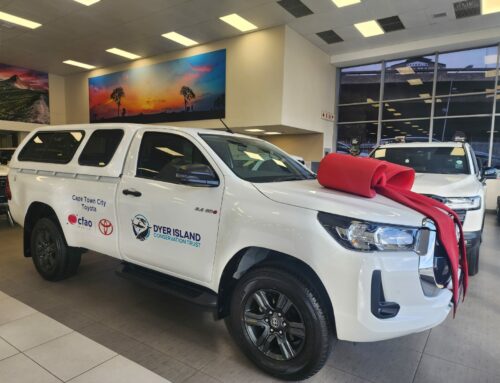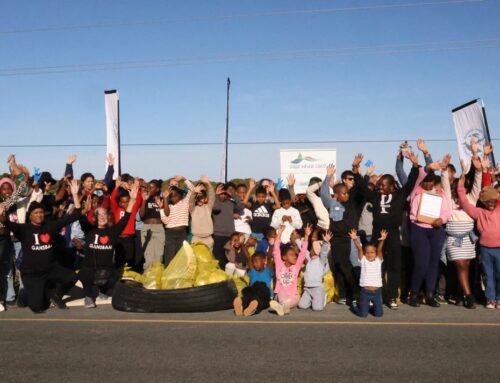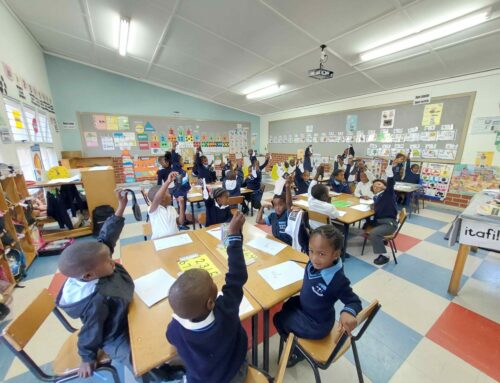From the month of August, there is a special group of European visitors in Gansbaai in the Overstrand. These lightweight travelers weigh only about 28 grams, and they have no problem covering the 11,500 kilometers to the South African coast within a month. Hydrobates pelagicus, the European storm petrel, bears a name that literally means ‘water little walker on the open sea.’ This small European guest astonishes people with its ability to cover great distances to enjoy the South African summer and sea!
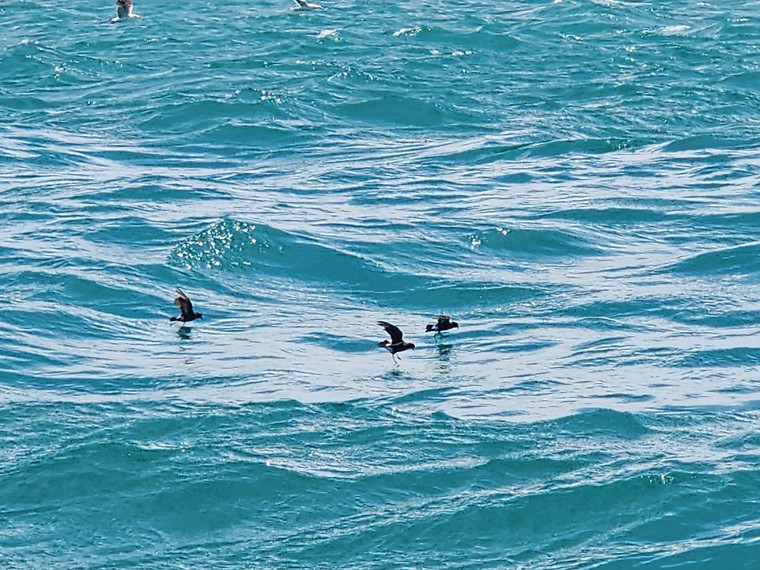
The winged friend has a mystical status due to its small stature and significant abilities. Mariners, and some still believe, that the European storm petrel is an indication of thunderstorms and stormy sea conditions on the way. This morning, the Marine Dynamics team set sail to see the swarm of storm petrels dancing on the water. Meanwhile, the Overstrand Municipality has issued a notice of ‘disruptive weather conditions and stormy seas’ that is predicted. Who knows, maybe there is a bit of truth in this superstition.
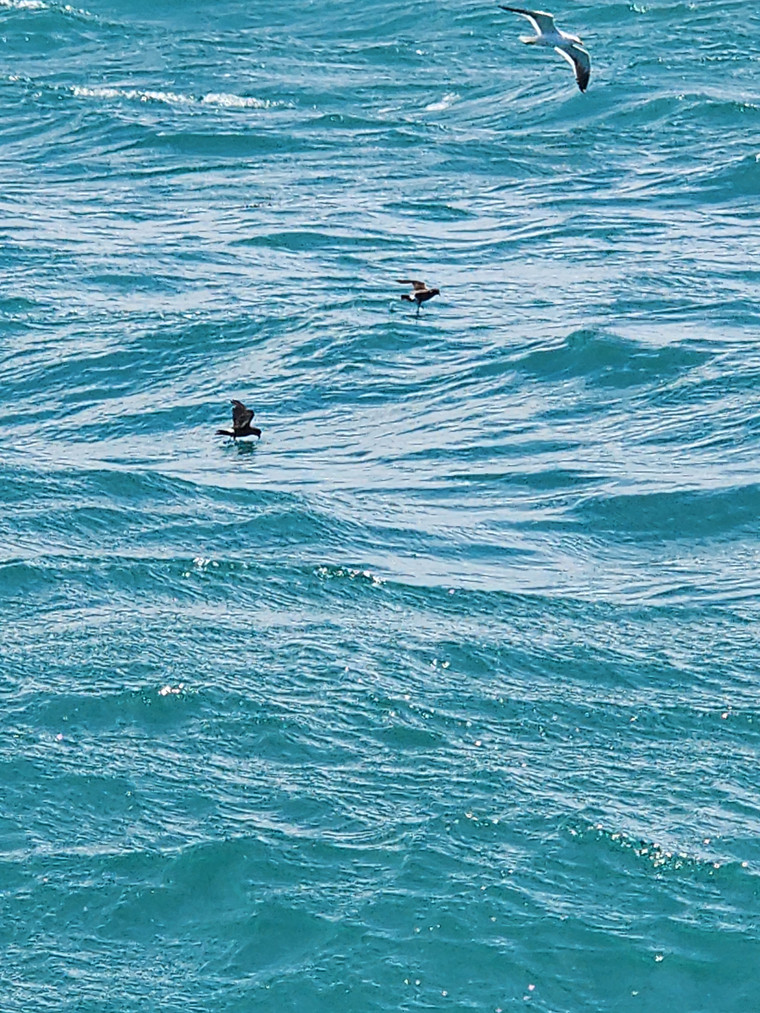
Wilfred Chivell, CEO of Marine Dynamics and Founder of the Dyer Island Conservation Trust, explains that the European storm petrel, with a length of 14–18 cm and a wingspan of 36–39 cm, literally picks up food from the sea surface or just below the water. It looks like a dance on the waves. Unlike many other visitors this time of year, European storm petrels come back with the SAME life partner year after year. The two lovers, mature at 4 to 5 years old, lay a tiny egg weighing up to 6.8 grams during the breeding season. Both parents share the responsibility of incubating the egg, which can take between 38 and 50 days. Parenthood is short-lived; after 50 to 80 days, the little ones are ready to face the world and its dangers on their own. It seems as if they protect their offspring well against humans and animals; the numbers have somewhat decreased, but fortunately, they are not an endangered species.
Until the end of May, you can see these visitors along the coast, even up to East London, after which they embark on the journey back north. Look out for the tiny black body with white just above the tail on its crown, and if you happen to see them dancing on the waves, check your weather application to see if there are any storms on the way.
We were also fortunate so see a beautiful big raft of penguins, and we can’t help wondering, if they were also once rehabilitated at our African Penguin and Seabird Sanctuary.
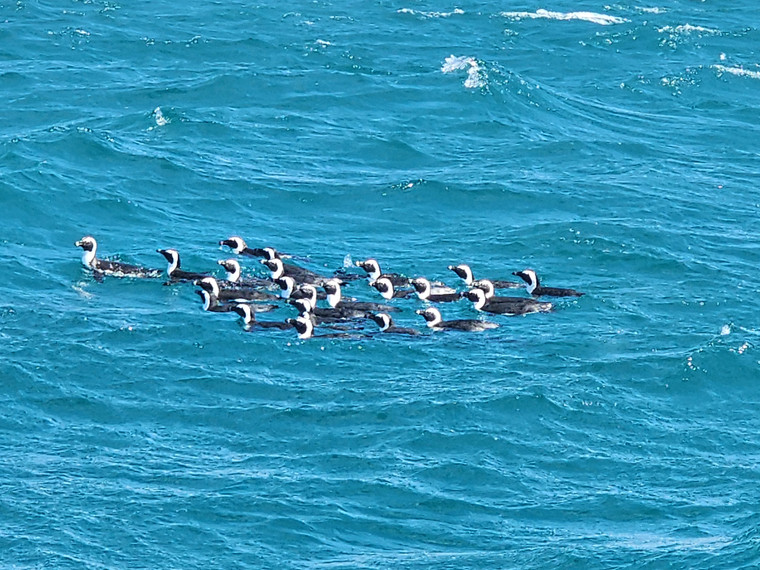

And another special seabird we encountered, was a gull rehearsing for her role in Swanlake!

Your support and donations play a pivotal role in funding research, implementing conservation projects, and raising awareness about the importance of our Greater Dyer Island Area.
As we continue our journey in marine conservation, we are inspired by individuals like you who share our passion for protecting the wonders of the sea. Your support fuels our determination and reinforces the belief that together, we can make a difference.
Once again, thank you from the bottom of our hearts for standing with us during 2023 and hopefully in the future, in the fight to preserve our oceans for current and future generations. We are immensely grateful for your support and look forward to achieving even greater milestones together.
With sincere appreciation
Wilfred Chivell
Founder of the Dyer Island Conservation Trust


